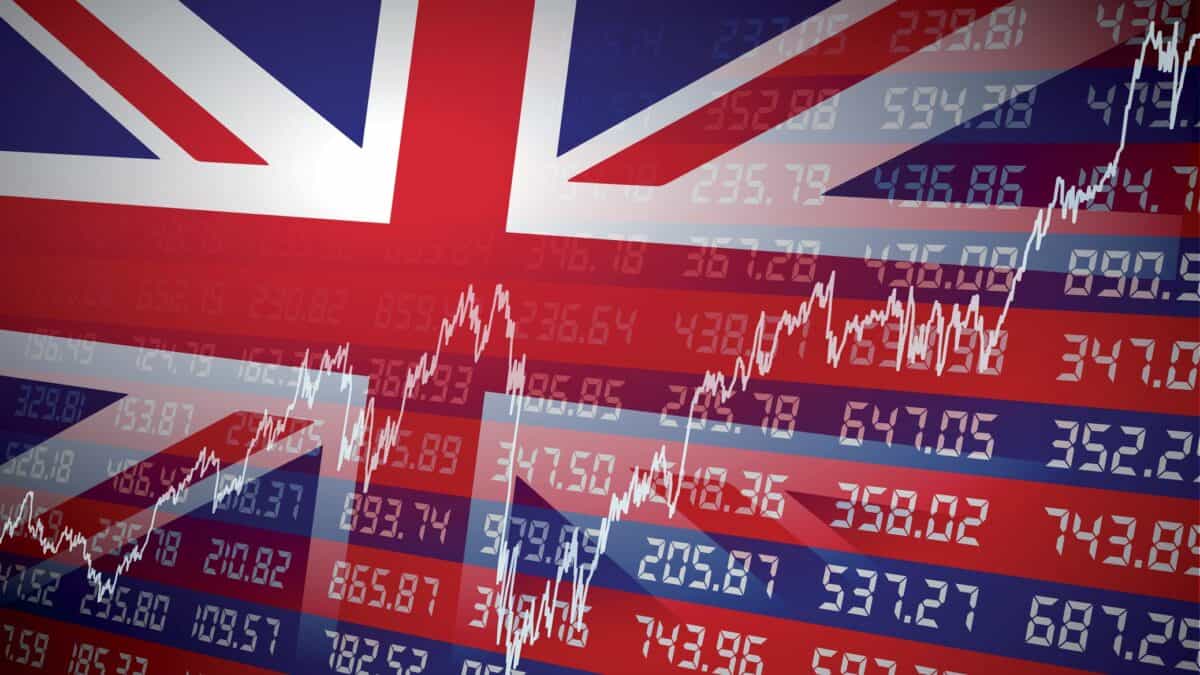The stock market’s been on an explosive run over the last 12 months. Here in the UK, the FTSE 100‘s enjoyed a stellar return of 12.9% (including dividends) since November last year. And the FTSE 250‘s grown even faster, delivering closer to 19.5%.
Meanwhile, across the pond, US stock market indices are on fire, with the S&P 500 and Nasdaq 100 up by a jaw-dropping 37.8% and 37.5% respectively.
With all major indices vastly outpacing their historical average annual returns, investors are understandably celebrating. Even more so in America, given the stock market has continued to climb significantly following the election results and another interest rate cut by the Federal Reserve.
Needless to say, if this momentum continues into 2025, portfolios could be sent flying even higher. However, with so much growth achieved this year, there’s a growing concern that valuations have started getting out of hand. If that’s true, then stock prices could soon start to tumble in the near term.
So is the market overvalued at the moment?
Looking at individual stocks
The UK isn’t short on lofty valuations right now. Rolls-Royce, alongside other FTSE 100 enterprises, are trading at premiums on the back of high expectations. However, these valuations pale in comparison to some US-based businesses. Nvidia‘s (NASDAQ:NVDA) a prime example of this, with its shares trading at a price-to-earnings (P/E) ratio of almost 70!
The GPU chip-maker has seen its market-cap expand by over 200% in the past year alone as demand for artificial intelligence (AI) accelerators skyrockets. And with little competition in the AI-empowering chip space right now, the firm’s enjoying a bit of a mini-monopoly among its data centre customers.
However, as more companies start positioning themselves to capitalise on the AI spending tailwind, competition’s slowly heating up. More customers are looking for cheaper alternatives. And eventually, the gravy train could come to an end, taking Nvidia’s premium valuation with it.
What about the stock market as a whole
It’s easy to call out individual stocks trading at high P/E ratios. But about the stock market as a whole? Investors can look at the P/E ratios of an index. However, due to the market-cap-weighted nature of indices like the FTSE 100 and S&P 500, this approach masks the fact that there are plenty of undervalued companies to invest in right now.
In my opinion, a better gauge is to compare the amount of money sitting in interest-bearing cash accounts versus the amount of money invested in stocks. And in the US, this ratio currently sits close to its average at around 10.7%.
The balance has been trending down from around 12% since the start of the year, indicating that more money’s flowing back into the stock market as investor confidence returns. However, as it inches closer towards falling below 9.5%, that’s historically been when volatility starts to spike and price corrections emerge.
No indicator’s perfect, and the balance of interest-bearing accounts is obviously influenced by other factors, such as interest rates. However, it can still be a useful tool for getting a rough reading of the financial markets. And right now, it suggests that stocks overall might still have some room for growth.
This post was originally published on Motley Fool







